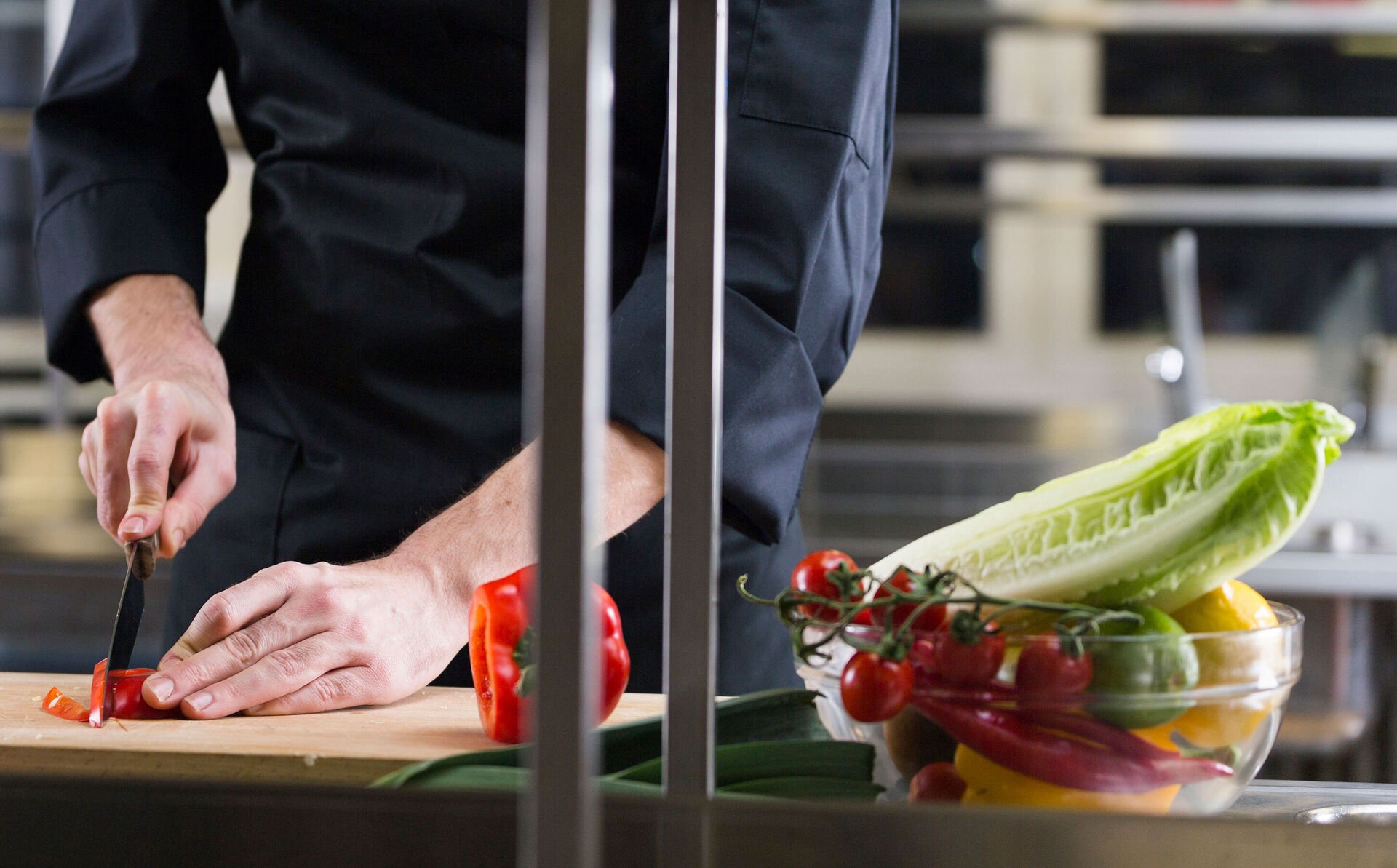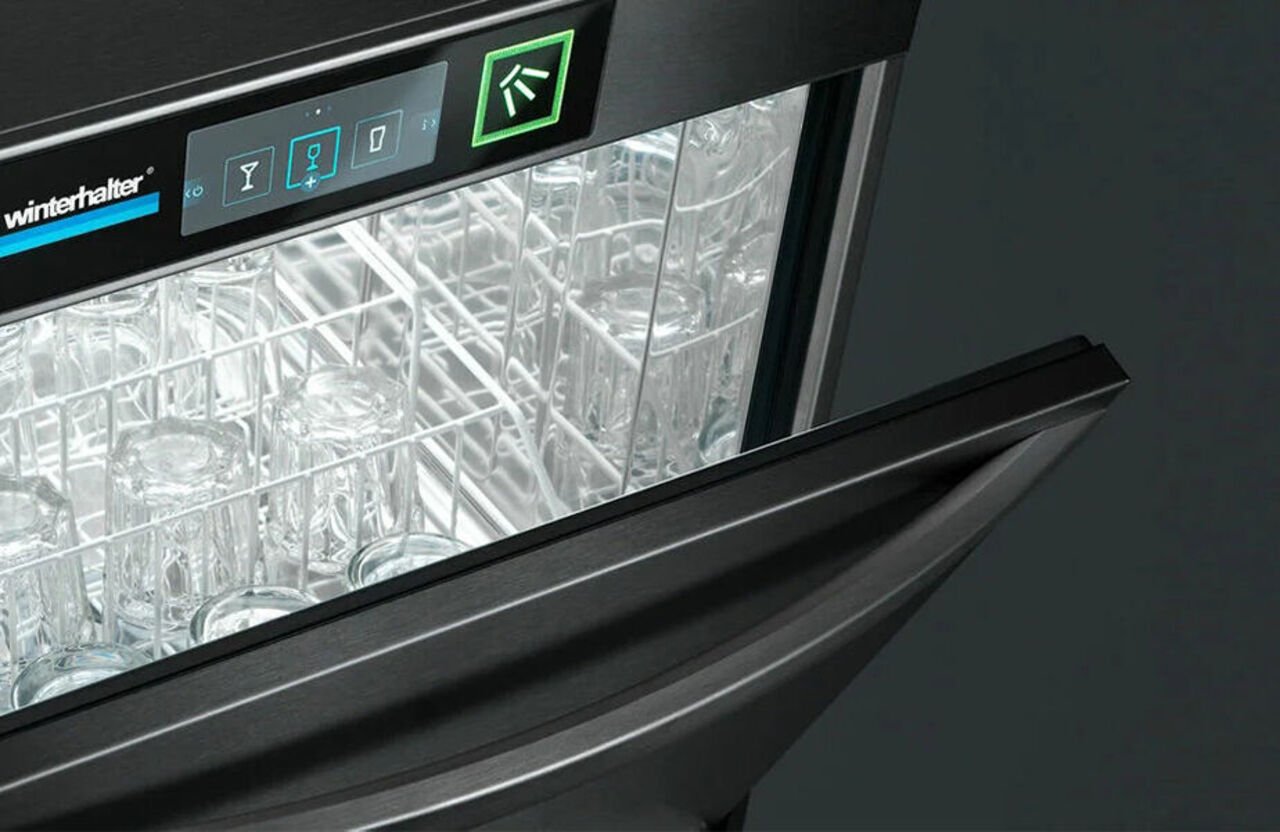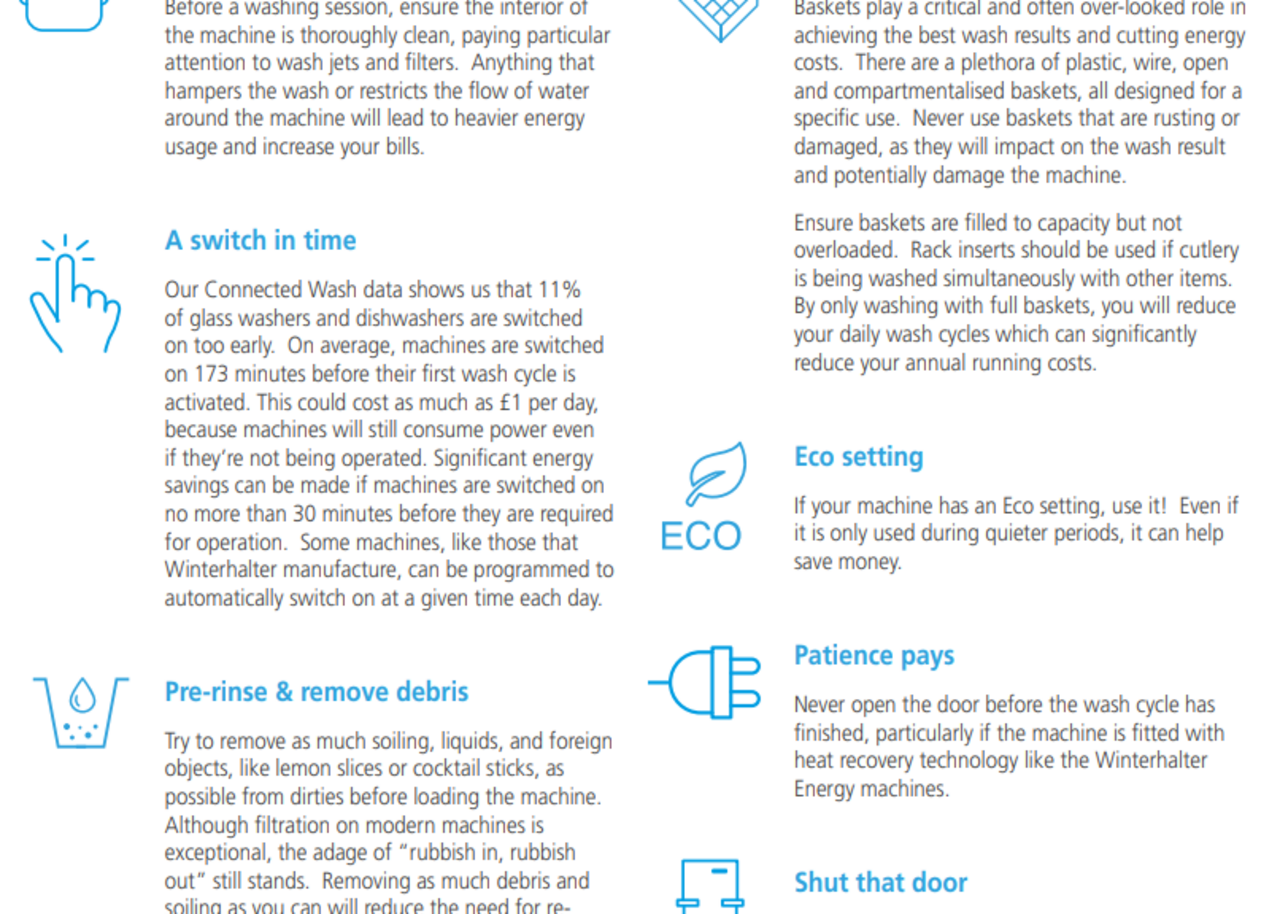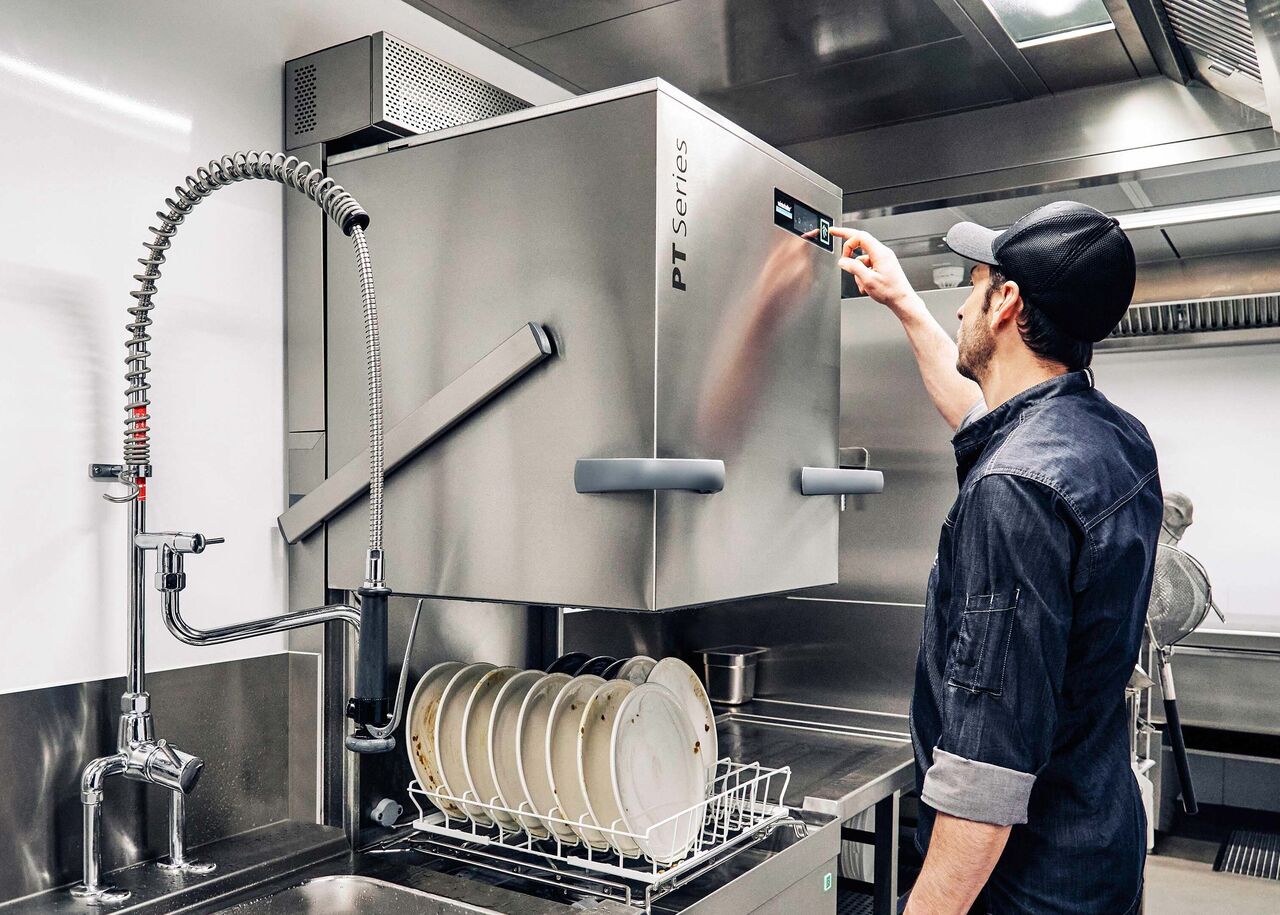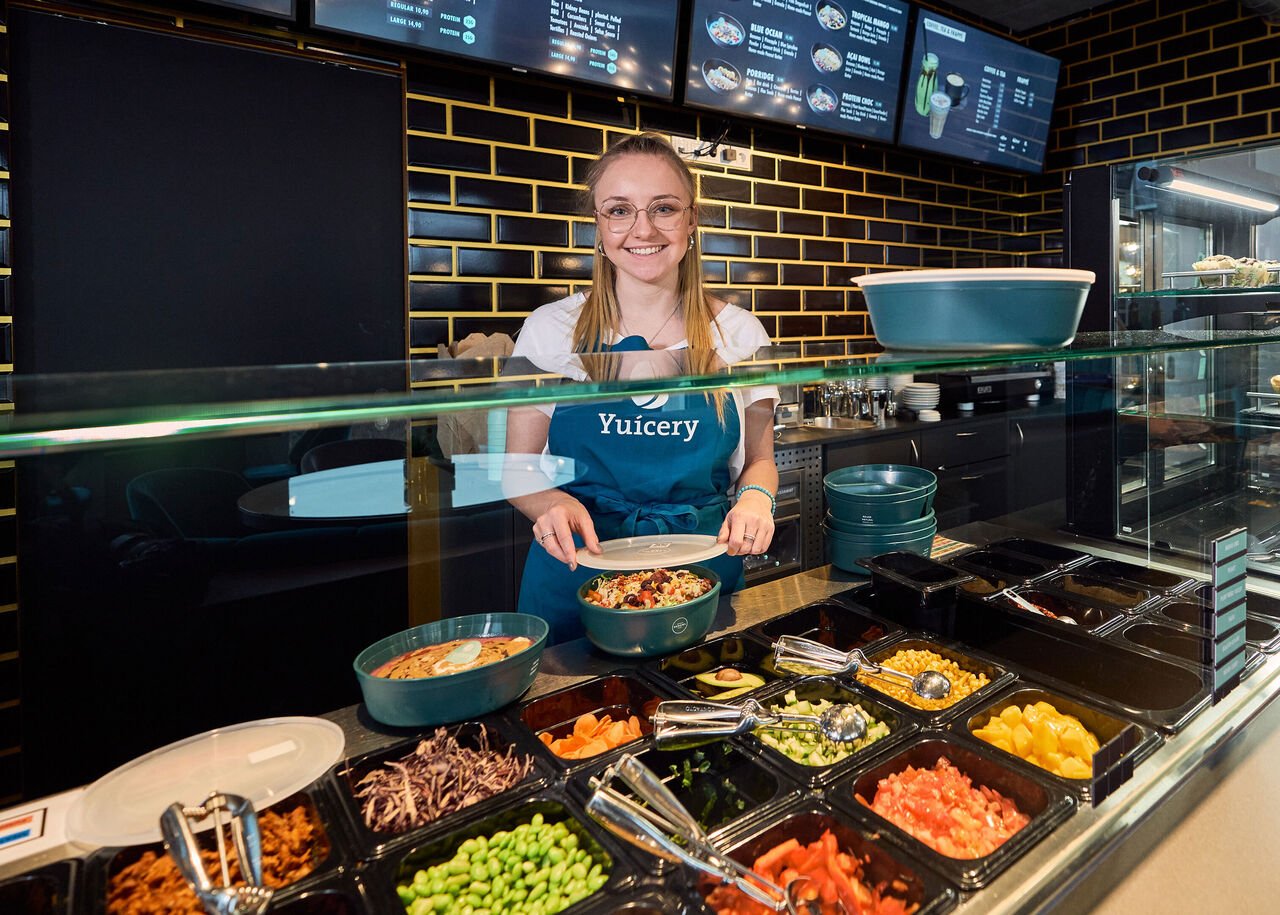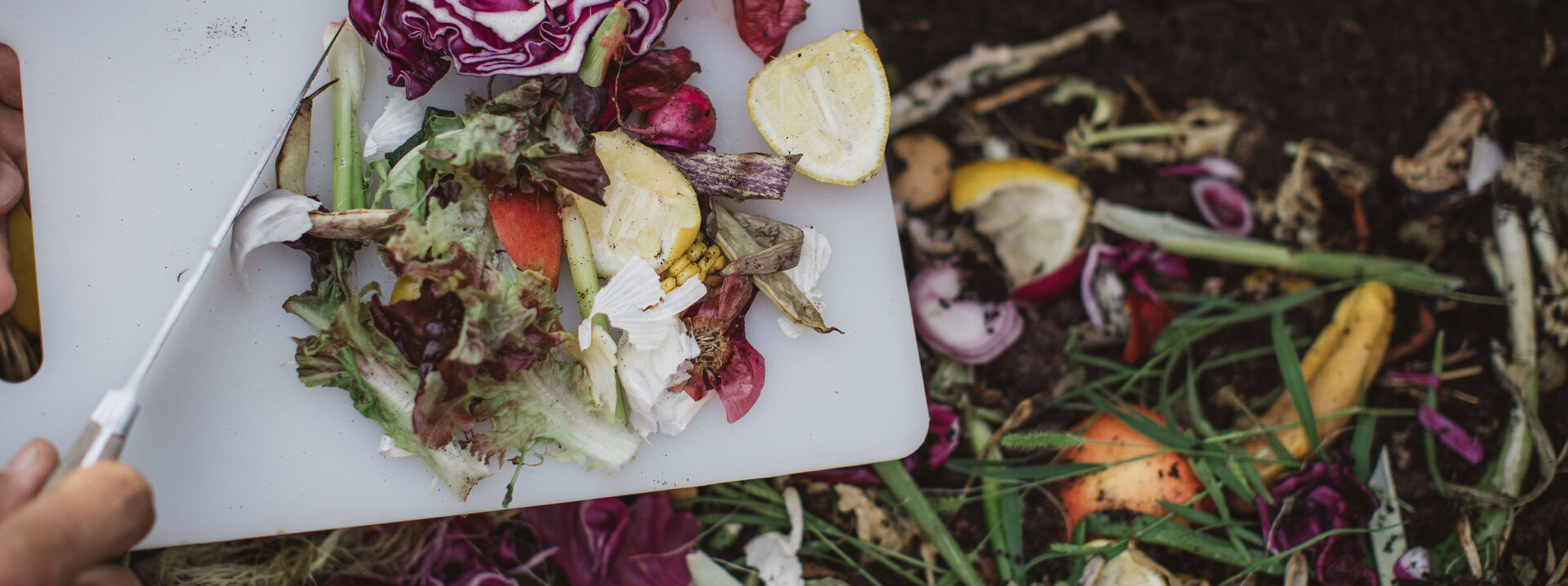
The problem of "food waste" in foodservice
Food for the bin: In 2019, 17 per cent of all food produced worldwide ended up as waste. To be precise: 931 million tonnes. This was the conclusion of the United Nations (UN) "Food Index Report 2021". As well as private households (61%) and retail (13%), foodservice (26%) is one of the places where a particularly large amount of food is thrown away. And one of the places where food waste can be effectively reduced. We show you how to do this in our second article "11 ideas for less food waste in foodservice". Let's start with some important basic information about food waste in foodservice.
1 What is food waste?
Food waste is the wastage of food. It refers to all food that is intended for human consumption, but is not consumed for various reasons. Non-edible parts of food such as animal bones and fish bones, fruit peelings and coffee grounds do not count as food waste. However, if a carrot is peeled despite being completely edible, this is food waste.
2 What is food loss?
When food is wasted, a distinction is made between the stage at which the food is lost or thrown away. It is referred to as "food waste" when it occurs in retail, foodservice and domestic consumption. If the waste occurs before this, for example in production, during storage and processing or during transport, it is referred to as "food loss".
3 Where and why does food waste occur?
Food waste is generated in all areas of the production chain: from agricultural production, transport and processing in the food industry to retail sales and finally food preparation in private households and foodservice. There are different reasons why food is thrown away in each area.
Agriculture
Adverse weather conditions, pest infestation, incorrect storage, failure to meet aesthetic standards, insufficient buyers
Manufacturing industry
Rejects, incorrect storage, technical production issues, mechanical damage, strict quality controls, overproduction
Transport
Mechanical damage, spoilt or lost goods
Wholesale and retail
Excess stock, short best-before dates, non-compliance with aesthetic standards
Foodservice
Miscalculations when ordering, incorrect storage, preparing too large quantities, unfulfilled demands on quality and appearance, strict hygiene regulations, leftovers from guests, leftovers from the buffet
Private households
Incorrect storage, excessive purchasing, incorrect treatment of best-before dates

What is avoidable food waste?
Food waste that is not consumed due to spoilage, decay or quality defects even though it is edible and is or was perfectly healthy, is avoidable. This also includes food that is fed to animals. Feed that has been grown exclusively for animal feed does not fall into the food waste category.
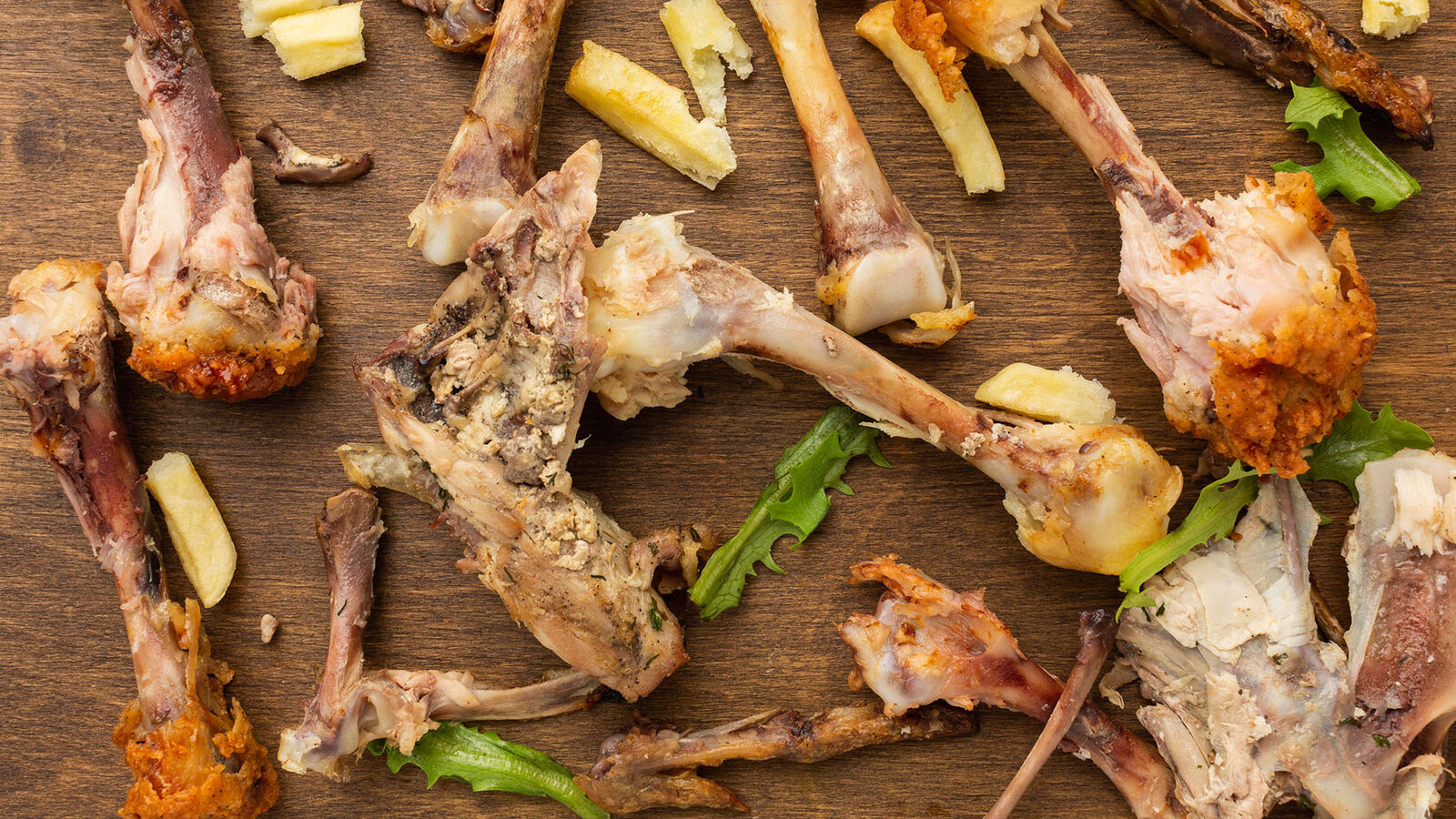
What is unavoidable food waste?
Unavoidable food waste includes all non-edible parts of food such as the peel and leaves of fruit and vegetables, cheese rinds, animal bones, mussel shells and fish bones. Plus all other waste that cannot be avoided: for example, potatoes that are infected by a pathogen even though they have been stored correctly.
